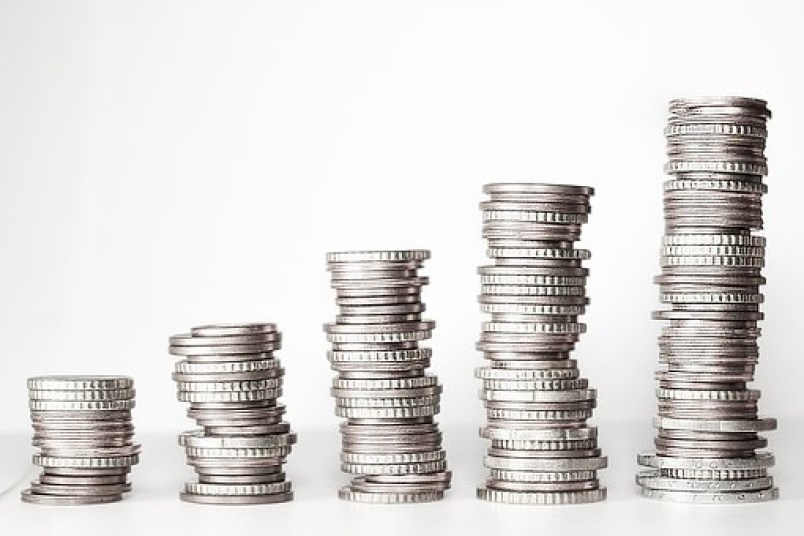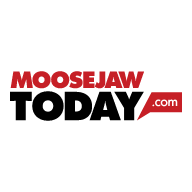City council approved a property tax increase of 5.45 per cent for 2022, but with all the money city administration is moving around to fund initiatives, that increase might be closer to 11 per cent, an analysis suggests.
The 5.45-per-cent property tax increase includes a mill rate hike of 3.84 per cent to fund municipal programs and services and 1.61 per cent for the Moose Jaw Police Service’s budget.
Considering a one-per-cent tax hike next year represents $310,755.26, the mill rate increase will generate $1,193,300.19 in extra revenue for the city, while the police service will receive $498,719 more in funding.
That additional revenue from the mill rate increase will help cover the initial budget deficit of roughly $1 million.
It’s when one digs deeper into the budget that one finds there are likely hidden tax increases that are not trumpeted as such.
(Comments from city manager Jim Puffalt about these likely hidden tax hikes are at the bottom of the story).
Components of analysis
Council approved a motion to increase the infrastructure levy to $100 per taxable household from $65. This hike of $35 will generate an extra $600,000 in revenue, or equal 1.93 per cent.
The levy will provide city hall with $1.6 million annually to help fund the cast iron water main replacement program.
Meanwhile, council agreed to transfer $500,000 annually from the solid waste utility to the operating budget’s general revenue fund. This money equals 1.6 per cent.
Solid waste utility revenues are supposed to fund the utility itself, not mitigate property tax increases. Moreover, the municipality created the utility to be an independent self-sustaining entity that already pays a franchise-type fee to the operating budget, according to previous council reports.
Besides transferring half-a-million dollars from the solid waste utility to cover part of the tax increase, council also voted to increase homeowners’ garbage collection fees by $9.99 per month or $119.88 a year to provide weekly pickup in October.
Meanwhile, council approved a one-time transfer of $500,000 from the capital budget’s equipment reserve fund to the operating budget to lower equipment contribution levels — an operating expense — next year and allow for self-funding.
That money — originally from investment earnings and that might not be there next year — equals 1.6 per cent.
This is the first time that money from equipment reserves has been used to finance the operating budget in this manner, as usually funds flow the other way: from operations to the capital budget.
“This one-time additional contribution is made possible by the city’s investment portfolio outperforming the targeted return levels in 2021,” the budget report said.
Therefore, the $500,000 from the solid waste utility and $500,000 from investment funds for the operating budget totals $1 million, or 3.2 per cent. This funding could have been used to reduce the borrowing for the high service pumphouse project, which requires a loan of $8 million.
Furthermore, council members approved a motion to provide 18 out-of-scope (OOS) employees with retroactive and regular pay raises that they originally turned down during 2021 budget deliberations by referring the pay increase to this budget.
The retroactive pay raise for 2021 will total $99,196 — or $5,510.88 per OOS employee — and will come from accumulated salary reserves. The pay increase for 2022 will total $134,896 — or $7,494.22 per OOS employee — and $74,482 be funded from salary reserves and $60,414 to be funded from the operating budget.
The pay raise for the OOS staff next year using reserve funds equals 0.24 per cent.
Therefore, 5.45 per cent plus 1.93 per cent plus 1.6 per cent plus 1.6 per cent 0.24 per cent equals 10.82 per cent — 5.37 per cent beyond the approved tax hike. This also involves $1,674,482 in extra funding.
City manager’s perspective
During a post-council meeting media scrum, media asked Puffalt whether the transfer of $500,000 from the solid waste utility and $500,000 from reserves were a hidden tax since property taxes usually fund operations.
“It’s not just the weekly collection fees that are charged … . There are a substantial amount of revenue made from the waste disposal site itself,” he said.
“The premise is that garbage trucks are running and up down the streets. They are causing damages. So, the waste management utility is paying a portion back to the city for those maintenance costs that are associated with it.”
There is more than enough money in reserves for the new landfill to pull some to fund operations, while the utility generates plenty of revenues at the gate, Puffalt continued. Thus, the premise of a hidden tax was in how people perceived the situation, or “dice(d) it and slice(d) it.”
If the investment money — the past three years have produced positive financial returns — was not available next year to fund projects, then city hall would not be able to access it, he said. However, the equipment reserve is starting to fund itself because of the interest being generated from the investment money, which is good news.
When asked about the initial $1 million deficit in the budget, Puffalt said that city administration does that every year.
“We come and we’re saying, this is what need for property taxation to balance the budgets,” he stated.
One reason for that deficit is because the city will receive $300,000 less from provincial revenue sharing, while one-time federal COVID-19 restart funding of $2 million is no longer available, Puffalt said.
“It’s tough budget year, for sure,” he added. “As we talked about, we can’t control inflation, we can’t control carbon taxes, we can’t control power rates. There’s a lot of things we can’t control in our prices.”




